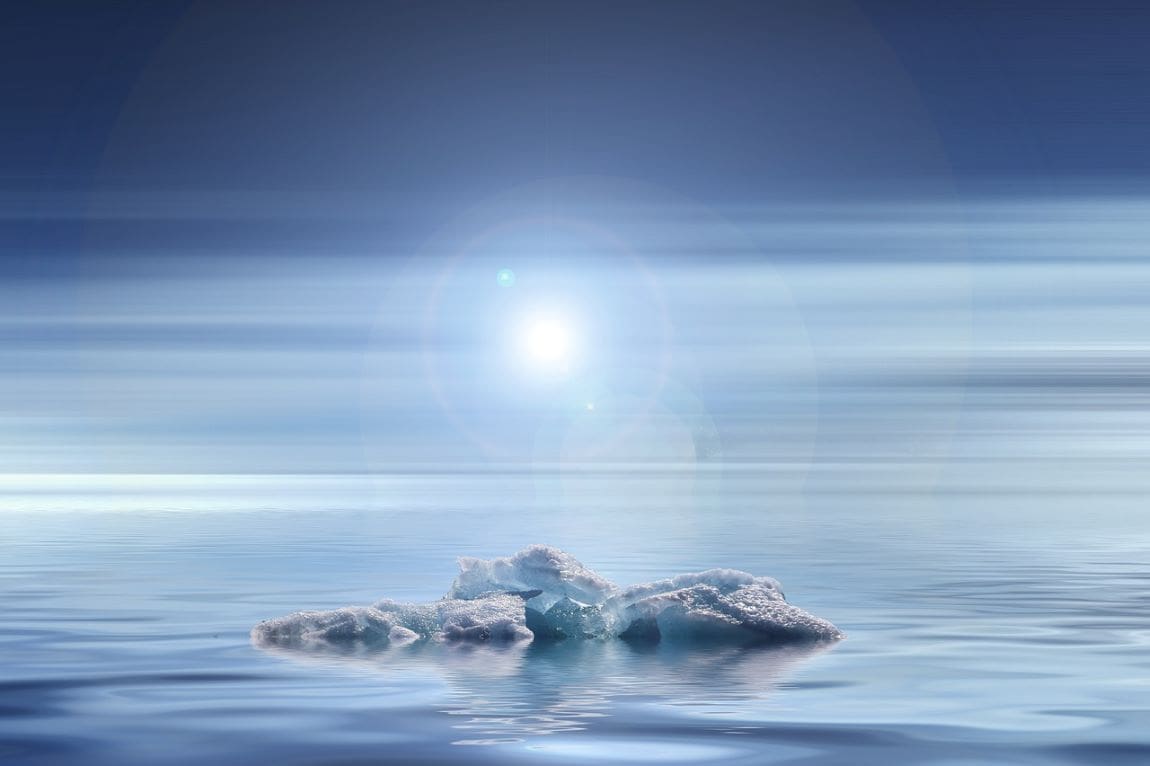New fungal spore calendar offers crucial aid for allergy and asthma sufferers
Researchers in Leicester have created England’s first comprehensive fungal spore calendar, a tool set to aid allergy and asthma sufferers in managing their symptoms.

Based on 13 years of data collection, the calendar charts the seasonal patterns of 23 fungal spore types, offering crucial insights into their periodic concentrations. This knowledge can significantly enhance health planning for patients affected by these allergens, especially during peak periods.
Led by Fiona Symon of the University of Leicester, the study notes that fungal spores, like pollen, are airborne particles that exacerbate respiratory issues upon inhalation.
“In the UK, fungal allergies affect as many as 30% of hay fever sufferers and up to 70% of those with severe asthma,” Symon explained. The calendar not only identifies high-risk periods but also provides insights into how environmental factors like temperature and rainfall influence spore levels.
Published in Allergy, this calendar represents a breakthrough for respiratory health, helping patients manage conditions by aligning activities with spore concentration forecasts.
Journal Reference:
Symon, F. A., Anees-Hill, S., Satchwell, J., Fairs, A., Edwards, R., Wardlaw, A. J., Cuthbertson, L., Hansell, A. L., & Pashley, C. H., ‘A fungal spore calendar for England: Analysis of 13 years of daily concentrations’, Allergy (2024). DOI: 10.1111/all.16356
Article Source:
Press Release/Material by University of Leicester
Plastic pollution threatens all planetary boundaries

New research from Stockholm University illustrates that plastic pollution impacts all key environmental limits defined by the planetary boundaries framework.
The study, led by Patricia Villarrubia-Gómez at Stockholm Resilience Centre, reveals that plastics affect Earth’s ecosystems far beyond the immediate waste, permeating climate regulation, biodiversity, and resource use.
Plastics, often assumed inert, introduce thousands of chemicals – some hazardous, like endocrine disruptors – that harm ecosystems and health. Patricia Villarrubia-Gómez notes that plastics permeate nearly all ecosystems and even human bodies.
“Plastics are seen as those inert products that protect our favorite products, or that make our lives easier that can be “easily cleaned-up” once they become waste. But this is far from reality. Plastics are made out of the combination of thousands of chemicals. Many of them, such as endocrine disruptors and forever chemicals, which pose toxicity and harm to ecosystems and human health. We should see plastics as the combination of these chemicals with which we interact on a daily basis,” she stated.
Published in One Earth, the research emphasizes the need for policies to address plastics pollution comprehensively, from production to degradation. Rather than viewing it solely as a waste issue, the researchers argue for global efforts to control the entire life cycle of plastics to mitigate their cumulative environmental impact.
Journal Reference:
Villarrubia-Gómez, P. et al. ‘Plastics pollution exacerbates the impacts of all planetary boundaries’, One Earth (2024). DOI: 10.1016/j.oneear.2024.10.017
Article Source:
Press Release/Material by Stockholm University
Arctic tree planting may accelerate global warming, researchers warn
Contrary to common beliefs, planting trees in the Arctic may exacerbate global warming rather than curb it, according to scientists in a recent study published in Nature Geoscience.
Arctic soils contain significant carbon reserves that tree roots may disturb, releasing stored carbon into the atmosphere and intensifying warming effects. Additionally, the albedo effect – a critical factor in Arctic heat reflection – diminishes as snow-covered landscapes are replaced by darker tree canopies.

Lead author Assistant Professor Jeppe Kristensen of Aarhus University highlighted the risks, stating: “Soils in the Arctic store more carbon than all vegetation on Earth. These soils are vulnerable to disturbances, such as cultivation for forestry or agriculture, but also the penetration of tree roots. The semi-continuous daylight during the spring and early summer, when snow is still on the ground, also makes the energy balance in this region extremely sensitive to surface darkening, since green and brown trees will soak up more heat from the sun than white snow.”
The study argues for a holistic approach to Arctic conservation, recommending sustainable herbivore populations over reforestation to stabilize the ecosystem.
Journal Reference:
Kristensen, J.Å., Barbero-Palacios, L., Barrio, I.C., et al. ‘Tree planting is no climate solution at northern high latitudes’, Nature Geoscience 17, 1087–1092 (2024). DOI: 10.1038/s41561-024-01573-4
Article Source:
Press Release/Material by Aarhus University
Private aviation’s carbon emissions soar, threatening climate goals
Emissions from private aviation grew by 46% from 2019 to 2023, according to a study published in Communications Earth & Environment.
The analysis reveals that private jets, though used by only a tiny fraction of the global population, contribute disproportionately to CO₂ emissions. In 2023 alone, 18.6 million private flights released 15.6 million tonnes of CO₂, often spiking around major events like COP 28 and the FIFA World Cup.
The study, led by Stefan Gössling, demonstrates that frequent private jet users generate emissions up to 500 times greater than the global average of emissions produced per person in 2020 (4.5 tonnes of CO2 equivalent).
These findings spotlight the need for policy shifts to address the environmental impact of luxury travel and highlight the disparities in global carbon footprints, urging reconsideration of aviation’s role in achieving climate goals.
Journal Reference: Gössling, S., Humpe, A., & Leitão, J.C., ‘Private aviation is making a growing contribution to climate change’, Communications Earth & Environment 5, 666 (2024). DOI: 10.1038/s43247-024-01775-z
Article Source:
Press Release/Material by Springer
Featured image credit: Gerd Altmann | Pixabay




